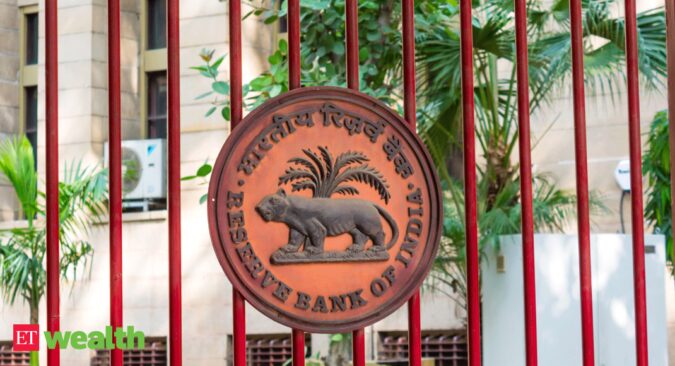In its annual report 2023-23, RBI has mentioned conceptualising this new lightweight and portable payment system. Explaining the need to have a lightweight portable payment system in the country, the central bank said, “The existing conventional payment systems like the RTGS, NEFT, and UPI are designed to handle large volumes while ensuring sustained availability and hence they are dependent on complex wired networks backed by the advanced IT infrastructure. However, catastrophic events like natural calamities and war have the potential to render these payment systems temporarily unavailable by disrupting the underlying information and communication infrastructure. Therefore, it is prudent to be prepared to face such extreme and volatile situations.”
The new payment system is expected to operate on minimalistic hardware and software. It will be made active when it is needed, the central bank said. It will process transactions that are critical to ensure the stability of the economy such as government and market-related transactions, RBI added.
“Such a lightweight and portable payment system could ensure near-zero downtime of payment and settlement system in the country and keep the liquidity pipeline of the economy alive and intact by facilitating uninterrupted functioning of essential payment services like bulk payments, interbank payments and provision of cash to participant institutions,” the central bank added.
Having such a resilient system is also likely to act as a bunker equivalent in payment systems, the regulator mentioned in its annual report.
It will enhance public confidence in digital payments and financial market infrastructure even during extreme conditions, RBI further added.
A resilient framework for structured oversight of centralised payment system
In its agenda for 2023-24, the RBI said that it is planning to form a resilient framework for structured oversight of centralised payment systems (Utkarsh 2.0). “The Reserve Bank has completed the internal assessment of the centralised payment systems, i.e., NEFT and RTGS, in compliance with the PFMI standards. Based on the learnings from the assessment, a resilient framework prescribing the standards, frequency, disclosures, etc. for the oversight of centralised payment systems will be formulated,” the regulator said.
RBI is also exploring options to implement payee name lookup in the centralised payment systems. “The Reserve Bank took various proactive initiatives to ensure the safety and efficiency of the payment systems, thereby ensuring public trust in the ecosystem. To enhance the payment experience further, the feasibility of real-time payee name validation before the actual fund transfer will be explored,” the central bank said.
